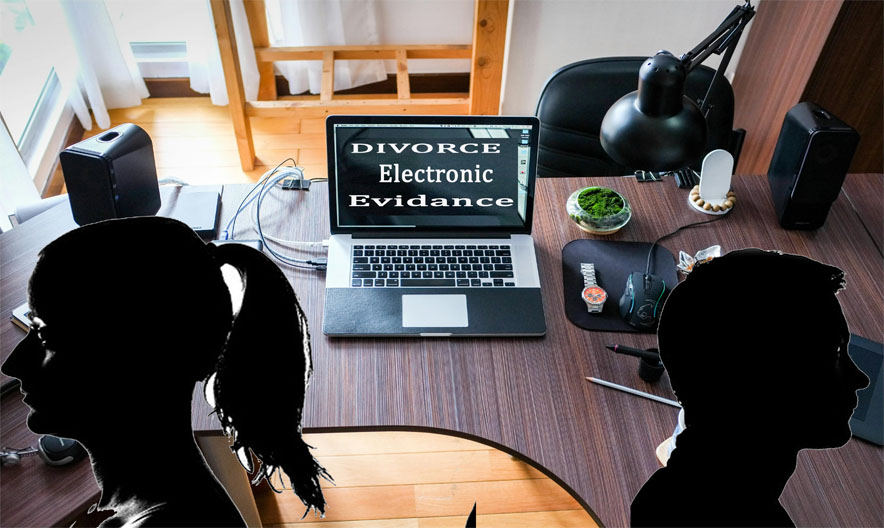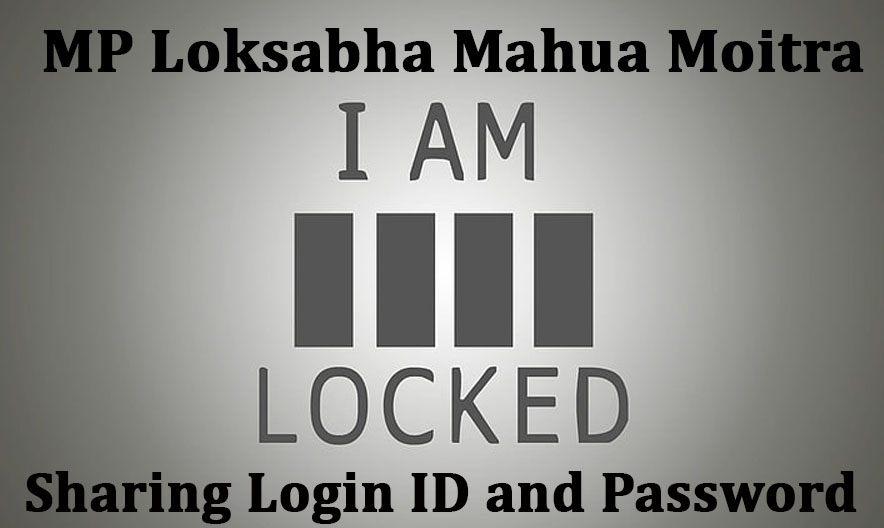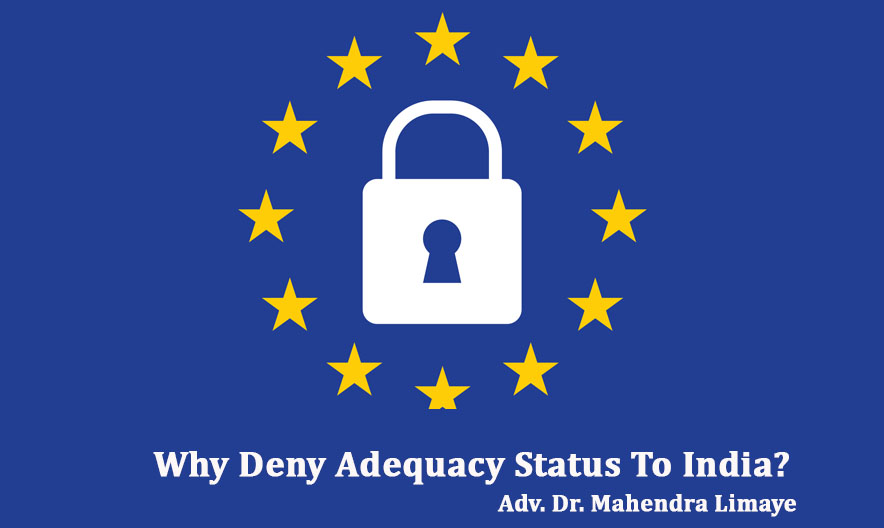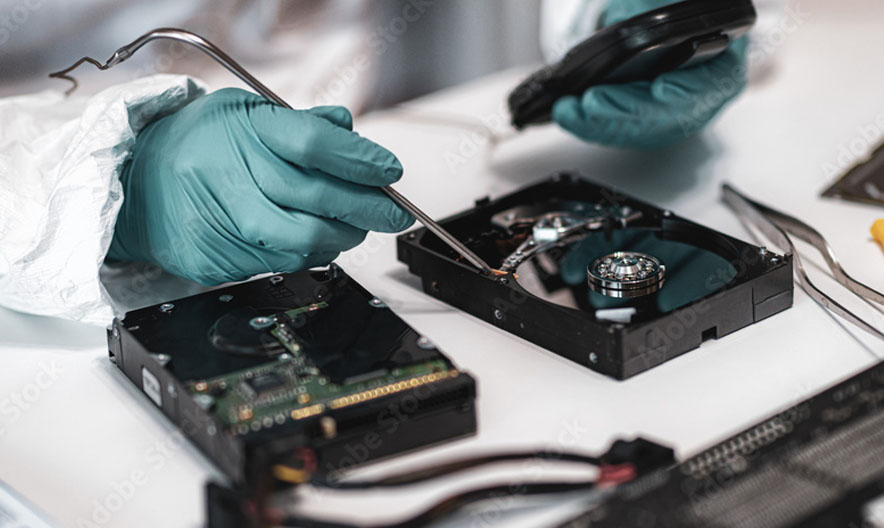Divorce Cases and Sec 65(b) Indian Evidence Act 1872

The divorce cases in India, Section 65B of the Indian Evidence Act, 1872, plays a crucial role, particularly in the admissibility of electronic evidence. Electronic evidence can include various forms of digital communication such as emails, text messages, social media posts, and electronic documents, which are increasingly becoming pertinent in divorce proceedings.
Here’s how Section 65B of the Indian Evidence Act may be relevant in divorce cases involving electronic evidence:
1. Admissibility of Electronic Evidence: Section 65B sets out the conditions under which electronic evidence can be admitted in court. It requires that electronic records be accompanied by a certificate, as described earlier, to establish their authenticity and integrity.
2. Documentation and Preservation: In divorce cases, electronic evidence may include communications between spouses, financial records, photographs, and other digital documents. These records must be properly documented, preserved, and presented in court according to the requirements of Section 65B.
3. Authentication and Verification: The electronic evidence submitted in a divorce case must be authenticated and verified to ensure its reliability and credibility. The certificate accompanying the electronic evidence helps in establishing its authenticity and the manner in which it was produced.
4. Cross-Examination and Challenges: During the trial, parties may have the opportunity to cross-examine the electronic evidence and challenge its admissibility or authenticity. The court will consider the arguments presented by both parties regarding the electronic evidence’s validity.
5. Legal Precedents and Interpretation: Courts rely on legal precedents and interpretations of Section 65B in deciding the admissibility of electronic evidence in divorce cases. Decisions from higher courts provide guidance on how the provisions of the Indian Evidence Act should be applied to electronic evidence in divorce proceedings.
Overall, Section 65B of the Indian Evidence Act ensures that electronic evidence is treated with the same level of scrutiny and authenticity as traditional forms of evidence in divorce cases. It helps maintain the integrity of legal proceedings and ensures fairness in the evaluation of evidence presented by both parties.
How to Create 65 (B) Indian Evidence Act 1872, Certificate.
Crypto Forensic Technology help you to create the 65(B) Certificate for cases register under PAN India, you need to bring original evidence along with other relevant case information, it take couple of day to prepared the certificate, we also provide expert witness and cross examination to the court. Till 2024, more than 500 plus certificate we issued to our client.
If the evidence is deleted or tampered then also we have capability to recovery deleted evidence from the electronic gazette. You can reach out at admin@cryptoforensic.in.
भारत में तलाक के मामलों में, भारतीय साक्ष्य अधिनियम, 1872 की धारा 65बी, विशेष रूप से इलेक्ट्रॉनिक साक्ष्य की स्वीकार्यता में एक महत्वपूर्ण भूमिका निभाती है। इलेक्ट्रॉनिक साक्ष्य में डिजिटल संचार के विभिन्न रूप जैसे ईमेल, टेक्स्ट संदेश, सोशल मीडिया पोस्ट और इलेक्ट्रॉनिक दस्तावेज़ शामिल हो सकते हैं, जो तलाक की कार्यवाही में तेजी से प्रासंगिक होते जा रहे हैं।
यहां बताया गया है कि भारतीय साक्ष्य अधिनियम की धारा 65बी इलेक्ट्रॉनिक साक्ष्य से जुड़े तलाक के मामलों में कैसे प्रासंगिक हो सकती है:
1. इलेक्ट्रॉनिक साक्ष्य की स्वीकार्यता:
धारा 65बी उन शर्तों को निर्धारित करती है जिनके तहत इलेक्ट्रॉनिक साक्ष्य को अदालत में स्वीकार किया जा सकता है। इसकी आवश्यकता है कि इलेक्ट्रॉनिक रिकॉर्ड के साथ उनकी प्रामाणिकता और अखंडता स्थापित करने के लिए एक प्रमाण पत्र होना चाहिए, जैसा कि पहले बताया गया है।
2. दस्तावेज़ीकरण और संरक्षण:
तलाक के मामलों में, इलेक्ट्रॉनिक साक्ष्य में पति-पत्नी के बीच संचार, वित्तीय रिकॉर्ड, तस्वीरें और अन्य डिजिटल दस्तावेज़ शामिल हो सकते हैं। इन अभिलेखों को धारा 65बी की आवश्यकताओं के अनुसार उचित रूप से प्रलेखित, संरक्षित और अदालत में प्रस्तुत किया जाना चाहिए।
3. प्रमाणीकरण और सत्यापन:
तलाक के मामले में प्रस्तुत इलेक्ट्रॉनिक साक्ष्य को इसकी विश्वसनीयता और विश्वसनीयता सुनिश्चित करने के लिए प्रमाणित और सत्यापित किया जाना चाहिए। इलेक्ट्रॉनिक साक्ष्य के साथ संलग्न प्रमाणपत्र इसकी प्रामाणिकता और इसे प्रस्तुत करने के तरीके को स्थापित करने में मदद करता है।
4. जिरह और चुनौतियाँ:
परीक्षण के दौरान, पार्टियों को इलेक्ट्रॉनिक साक्ष्य की जिरह करने और इसकी स्वीकार्यता या प्रामाणिकता को चुनौती देने का अवसर मिल सकता है। अदालत इलेक्ट्रॉनिक साक्ष्य की वैधता के संबंध में दोनों पक्षों द्वारा प्रस्तुत तर्कों पर विचार करेगी।
5. कानूनी मिसालें और व्याख्या:
तलाक के मामलों में इलेक्ट्रॉनिक साक्ष्य की स्वीकार्यता तय करने में अदालतें धारा 65बी की कानूनी मिसालों और व्याख्याओं पर भरोसा करती हैं। उच्च न्यायालयों के निर्णय इस बात पर मार्गदर्शन प्रदान करते हैं कि भारतीय साक्ष्य अधिनियम के प्रावधानों को तलाक की कार्यवाही में इलेक्ट्रॉनिक साक्ष्य पर कैसे लागू किया जाना चाहिए।
कुल मिलाकर, भारतीय साक्ष्य अधिनियम की धारा 65बी यह सुनिश्चित करती है कि इलेक्ट्रॉनिक साक्ष्य को तलाक के मामलों में साक्ष्य के पारंपरिक रूपों के समान जांच और प्रामाणिकता के साथ व्यवहार किया जाता है। यह कानूनी कार्यवाही की अखंडता को बनाए रखने में मदद करता है और दोनों पक्षों द्वारा प्रस्तुत साक्ष्य के मूल्यांकन में निष्पक्षता सुनिश्चित करता है।
65(बी) भारतीय साक्ष्य अधिनियम 1872, प्रमाणपत्र कैसे बनाएं।
क्रिप्टो फोरेंसिक टेक्नोलॉजी आपको पैन इंडिया के तहत दर्ज मामलों के लिए 65 (बी) प्रमाणपत्र बनाने में मदद करती है, आपको अन्य प्रासंगिक मामले की जानकारी के साथ मूल device लाने की आवश्यकता है, प्रमाणपत्र तैयार करने में कुछ दिन लगते हैं, हम विशेषज्ञ गवाह और क्रॉस भी प्रदान करते हैं अदालत में परीक्षा. 2024 तक, हमने अपने ग्राहक को 500 से अधिक प्रमाणपत्र जारी किए।
यदि साक्ष्य हटा दिया जाता है या छेड़छाड़ की जाती है तो हमारे पास इलेक्ट्रॉनिक गजट से हटाए गए साक्ष्य को पुनर्प्राप्त करने की भी क्षमता है। आप admin@cryptoforensic.in पर संपर्क कर सकते हैं




